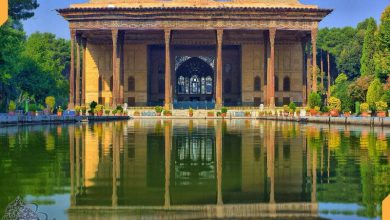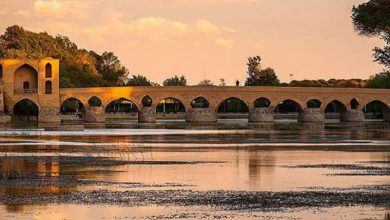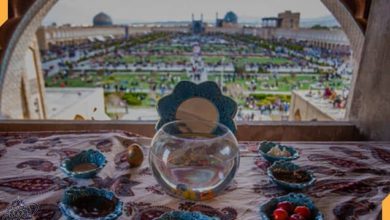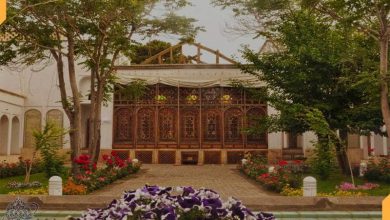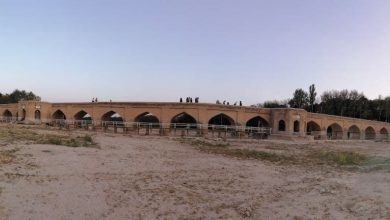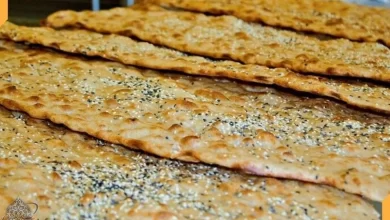Isfahan Minarets

Isfahan is considered one of the biggest civilization centres of Iran land and the most number of minarets were belong to this city in the era of Seljuk and Safavid.
In this article, we are going to become familiar with the Isfahan Minarets; don’t lose this valuable information.
More about the word “Minaret”
The root of the word “Minaret” is taken from “Nar” and means the obvious and limited place where fire was lit on it.
Isfahan historical minarets; a masterpiece for the guide of passengers
The minarets apparently seem like thin and low-balanced buildings, but because of the roofing restrictions and lower penetration of snow and rain are so durable.
Apparently, Minarets have one “stalk” bottom up and have one chain as a “pinch point” in the up.
At the top of the pinch point, there is a part that likes an umbrella that it is called a “saucer” and in the highest part of the minaret, there is a part as a crown.
Isfahan has 17 minarets all of these minarets are reaching the national register in partnership with Cultural Heritage Organization and all the effort of Cultural Heritage is that it reach the UNESCO Register.
Among the famous minarets of Isfahan, we can refer to:
- Monar Jonban
- Sarban Minaret
- DarDasht and Bakht Agha Minarets
- Dar Al- Ziyafe Minaret
- Chehel Dohktaran Minaret
- Minaret of Imam Ali (AS) Mosque
- Goldasteh Minaret
- Bagh-e-Ghoushkhane Minaret.
In the following, we explain more about these famous minarets.
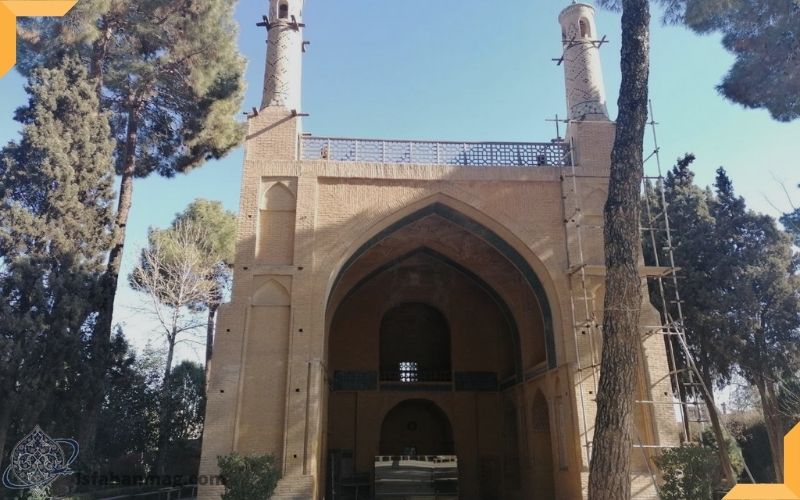
1. Monar Jonban
- Location: Atashgah Street
- Year of establishment: 8th century AH.
This construction is one of the historical and famous monuments of Isfahan that there is on the way of this city to Najaf Abad.
The time of building Jonban Minaret that in fact, was two minarets is not exactly clear and the only cited date on the gravestone of one of the famous righteous persons of that period is “Uncle Abdollah” which shows the year of 716 AH and the period of Mongol Ilkhan’s reign.
The decorations of the porch with azure tiles in the form of quadruped stars and polygon are turquoise-coloured.
The point about these two minarets is that with moving one of them, the other was moving and more interesting is that in addition to moving two minarets, the whole building was also being shaking.
This point caused Monar Jonban has special attraction and the appellation of this construction was also due to the shake of that minarets.
2. Sarban Minaret
- Location: Soroush Street
- Year of establishment: 6th century AH.
This beautiful minaret is located in the north end of the Joubare neighbourhood of Isfahan city the mosque of the foot of this minaret has vanished.
The time of construction of this minaret in the existing inscriptions is not available, but because of the similarity of it with the minaret of Yaman Mosque in terms of decorations
Also architecture and the writing style of the inscriptions, the cultural heritage experts estimated the year of its building between the years of 525 and 550 AH.
Sarban Minaret is decorated with prominent bricklaying, sculptured bricks and faience mosaic with the style of Kufi Reihan script.
3. Dar Dasht and Bakht Agha Minarets
- Location: Atashgah Street
- Year of establishment: 7th and 8th century AH.
Two minarets of Dar Dasht is located above the high entrance with a height of 15 meters these are the remaining magnificent school from the period of the kingdom of Mohammad al- Mozaffar.
Dar Dasht Minarets are connected to the tower-like structure, named the temple of “King Bakht Agha”, the wife of King Mahmoud Al-mozaffar that is murdered in the 769 AH.
This temple with a tiled dome is a historical, beautiful and spectacular building. This structure is located near the Atigh square.
4. Dar al- Ziyafe Minaret
- Location: Kamal Street
- Year of establishment: 8th century AH.
The minarets of “Dar al- Ziyafe” or “Dar al- Ziya minaret” are built in the 8th century. The nomination of this minaret is because in that period, a fire was lit above the minarets at night so that the passengers would see Isfahan from a long distance and don’t lose their way.
These two minarets are located in the alley named Kazem in the neighbourhood of Isfahan Joubare.
The inscription of minarets is poured and the exact date of its building is not obvious, but the tiling decorations of it are in the style of the Mongol period.
5. Chehel Dokhtaran Minaret
- Location: Soroush Street
- Year of establishment: 501 AH.
The giant minaret of Chehel Dokhtaran is located on the north side of Joubare and it is the second historical minaret in Iran in terms of antiquity.
The height of this minaret is 29 meters and the date of its building is the year of 501 AH the founder of its construction is “Abolfath Nahouji”.
The existence of an inscription with the very beautiful Naskh script has made the Chehel Dokhtaran unique.
The surrounding residents of this minaret, name that “Garland”.
Around the early 20th century, in one of the houses that were near this minaret, one of the English missionaries with protestant religion, named J.L.
Garland lived and his formal work was the advertising of Isfahan Jewish to Christianity.
6. Minaret of Imam Ali (AS) Mosque
- Location: Ghiyam Square, Harouniye Neighborhood
- Year of establishment: 6th century AH.
The minaret of Imam Ali (AS) Mosque is the most interesting the best existing minaret in the Isfahan that with a low distance from Atigh Grand Mosque is located beside the Mosque of Ali in the centre of Isfahan city and it is built in the year of 515 to 525 AH.
This giant minaret is one of the magnificent buildings of the Seljuk period in the 6th century AH. The height of this minaret is approximately 5/51 meters and it has 164 stairs. The minaret of Imam Ali (AS) Mosque has 5 inscriptions.
7. Goldasteh Minaret
- Year of establishment: 8th century AH.
This minaret is built on the collapsed rod of an old minaret, named “Goldaste” before the year of 1067 AH and took this name.
The Goldaste Minaret is located in the Dardasht neighbourhood, near the Shafieeyeh School. The construction of the minaret is brick- made and its façade is made from sculptured brick.
The antiquity of this minaret is returned to the pre-historic building the Shafieeyeh School and it likely that is was belonged to a school or mosque that now is demolished.
8. Bagh-e- Ghoushkhane Minaret
Location: Ghods square, Zeynabiye Street
Year of establishment: 8th century AH.
Bagh-e- Ghoudshkhane Minaret is located in the northwest part of the Joubare neighbourhood, near the Ghoushkhane Garden.
Ghoushkhane minaret is the remaining one of the two minarets of Mosalla Mosque’s extremes that now there isn’t any sign of it.
This minaret has approximately 38 meters in height, and the decoration of it is with turquoise-coloured Bannai script in the brickfield that is made of the repletion of “Allahu Akbar” and in the form of spiral.
9- Functions of Minarets
The intra- city minarets that were used as a garret, the pure fire of Zoroastrians were lit on it in pre- Islamic that these golden flames could determine the traffic lane for the caravans.
The function of minarets in the past was in terms of security, water supply system and the facility of water extraction from channels.
The establishment of minarets showed the place of mosques from the long and near distance to the people, but after the advent of the religion of Islam, the minarets became a place for the Muezzin.
According to some reports, the Hakim Mosque of Isfahan which was “Deilami Mosque” in the beginning, had a minaret with a height of more than 100 meters that some of the resources, attribute its destruction to the Mongols and some to the army of Tamerlane.
The existence of such minarets was a sign of their importance as a centre of monitoring and signalling when defending from the city in front of the enemies.
The minarets were considered by tourists in the past and now is also the most attractive part in terms of height, kind and pretty style of architecture, Girih tiles, inscription, plaster- moulding and tiling.
10- The components of minarets
The minarets consist of 4 main components:
- Base or stone bench: The base is the square in shape or multilateral that the body or shank of minaret is stand in the middle of it. The base of Rahrovan Minaret of Isfahan and Sabzevar Khosro- Gerd Minaret is square shape and the base of minarets of Gar, Sin and Ziyar is octagonal. Some of the minarets are without stone bench; like: Bersian Minaret, Ali Minaret and Sarban Minaret.
- Shank: in Iran, the minarets of pre- Islamic were built in the form of square shape and in the Islamic period, they were built in the form of cylindrical or conical.
- Cover: square and octagonal that is the most important part of minaret.
- Head: a canopy that is made in different forms.
The highest minaret
Sarban Minaret with 54 meters in the Seljuk period is predominant in terms of height, attraction and artistic greatness.
The oldest minaret
The oldest minaret is the minaret of Bersian mosque that is located in the 43 kilometers of east of Isfahan and was built in the year of 491 AH.
FAQ
1. Can you name the components of a minaret?
Base, Shank, Cover and head
2. Which minaret is the most interesting the best existing?
The minaret of Imam Ali (AS) Mosque
3. Can you say which minaret is the highest?
Sarban Minaret
Conclusion
If a mosque is the museum of Islamic arts, the minaret is the mirror of that museum.
The minarets that one day was in this city to be the light of passengers and remainder’s way or be the shelter of muezzin are no longer there, but a number of these remained minarets are waiting for the caressing of the restorers to not have a background like minarets of Tah Berenji, Sheikh Masoud, Shakh and etc.
The stature of ancient minarets in the city of turquoise domes of Isfahan had taken the Irani and Islamic art to the cosmos that today be a place for internal and foreign tourists.
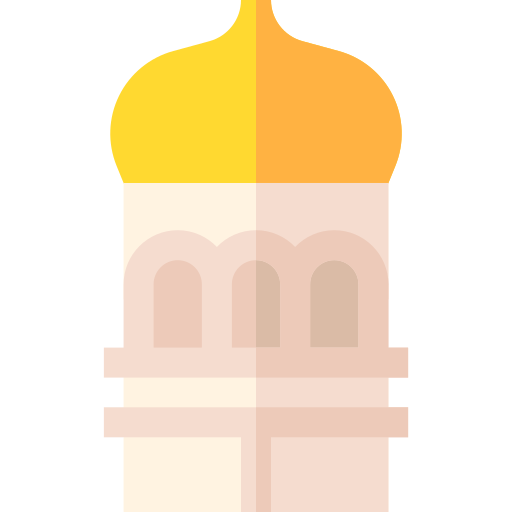 Have you ever visited Isfahan minarets? Did you visit the highest minaret? How about the oldest? Which minaret did you like more? Tell us about your views about Isfahan minarets…
Have you ever visited Isfahan minarets? Did you visit the highest minaret? How about the oldest? Which minaret did you like more? Tell us about your views about Isfahan minarets…

